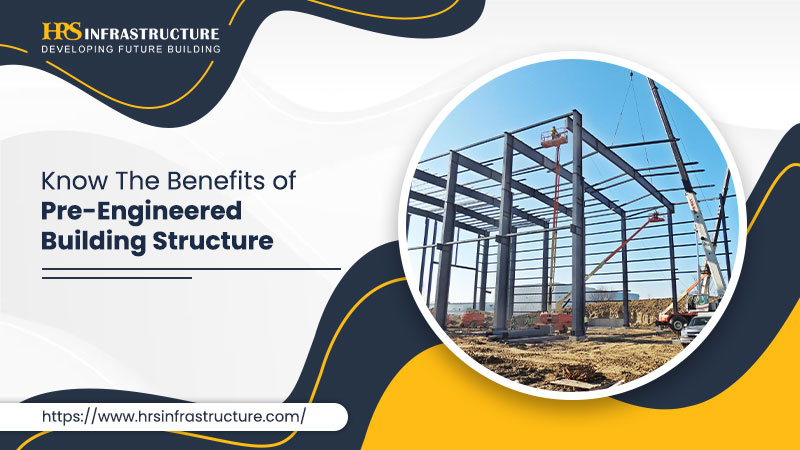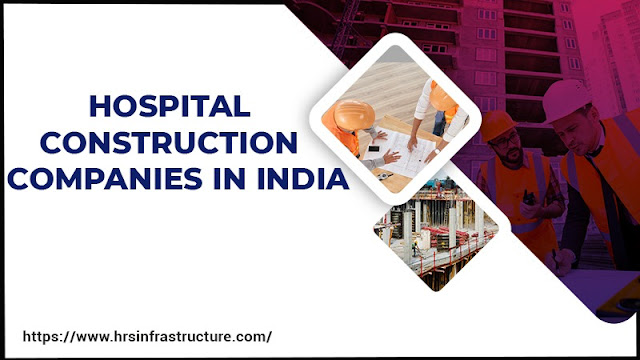Pre-engineered building structure: Explore The Benefits
Due to their simple construction
process, pre-engineered building structures, or PEBs, have a variety of
advantages. Pre-designed and prefabricated steel structures that may be
customized to meet the needs of the building project are used in pre-engineered
buildings. Due to its adaptability and simplicity, pre-engineered buildings
have become a very popular construction style all over the world. I-shaped
members also referred to as I-beams, are prefabricated and used in pre-designed
construction. These I-beams can be constructed on-site and can be shaped to fit
the needs and available space. As a result, building takes much less time.
Because of this pre-engineering, less engineering is needed when the building
is being constructed on-site.
Benefits of Pre-engineered Building Structures:
The following are some benefits of pre-engineered buildings (PEBs) that you should know so that you can take the benefits:
Robustness
The
I-frames used to construct pre-engineered buildings are strong and made to
withstand enormous weights. Additionally, newly created technologies enable
digital models of the structure to be done before it is put together. When load
factors are taken into account prior to construction, the quality of the
structure can be substantially improved, as does the effectiveness of the
entire frame. These techniques also prolong the life of the building.
Low
Maintenance
Before
moving further with the design, the quality of the materials used in
pre-engineered building structures is always taken into account, and the use of
corrosion-resistant steel shields the structure from outside influences. The
fact that less maintenance is needed on the structure for longer periods of
time is one of PEBs' most significant advantages.
Easy
to Construct:
Due to the
fact that the majority of the engineering for the building is completed in the
factory during prefabrication, less work is required when the structure is
actually being built, which makes the construction process considerably
simpler. Bolts and nuts can be used to connect prefabricated and customized
beams that have been carried to the job site, making assembly more comfortable
and requiring less human labor.
Time
Savings:
One of the
most frequent advantages of pre-engineered building structures is the reduction
in the amount of time needed to complete the project's full construction. It
takes a lot less time than traditional buildings because the right materials
are already chosen and the structure's concept is already designed. Therefore,
any necessary facility may be built rapidly and put into operation swiftly,
reducing the costs incurred in projects owing to lead periods.
Cost
Savings and Flexibility:
Appropriate
materials can be chosen prior to construction, and just the supplies that are
necessary can be purchased after all calculations have been completed. Less
waste is produced as a result of effective material utilization. As a result,
this construction technique is quite economical. Additionally, the return on
investment can be realized much more quickly than with conventional
construction methods thanks to all the lead time and construction time
reductions. This significantly reduces project costs overall. Pre-engineered
structures are bolted to the ground. If a factory shed needs to be moved to a
different site, all one needs to do is unlock the bolt and move the shed.
Summing Up:
Pre-engineered
building structures, also known as PEBs, are the ideal choice for construction
in the modern day due to their many advantages. Pre Engineered Buildings are
quickly displacing well-known traditional ways of construction in the modern
world because of these factors.




Comments
Post a Comment